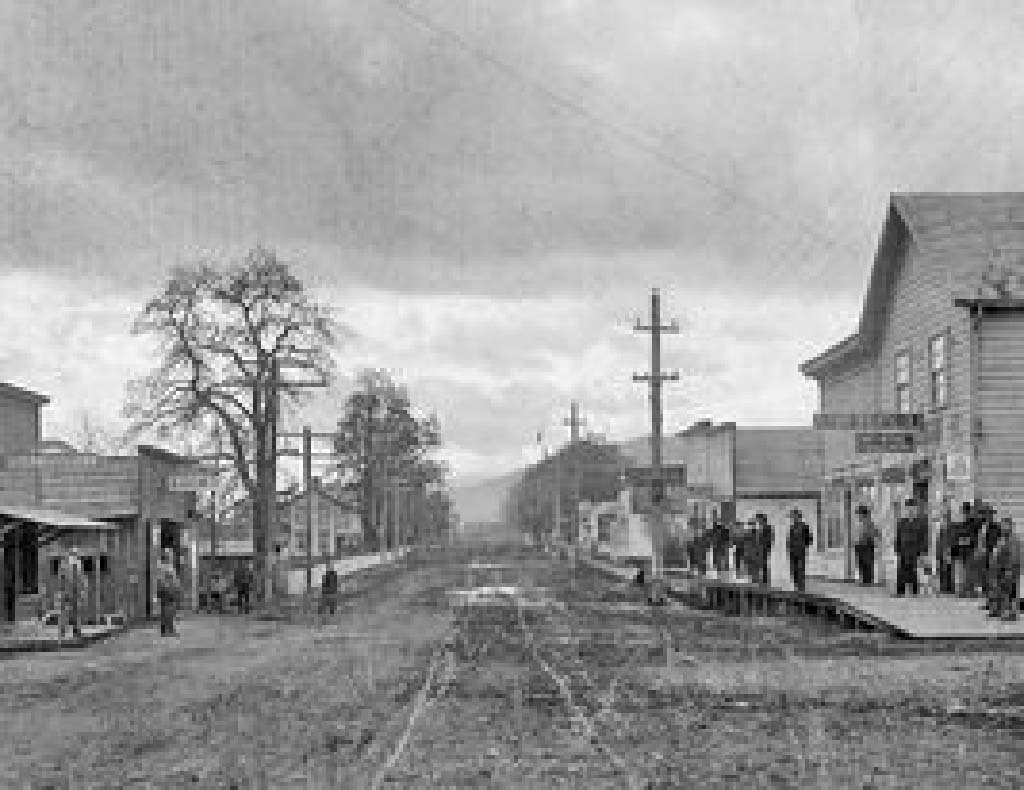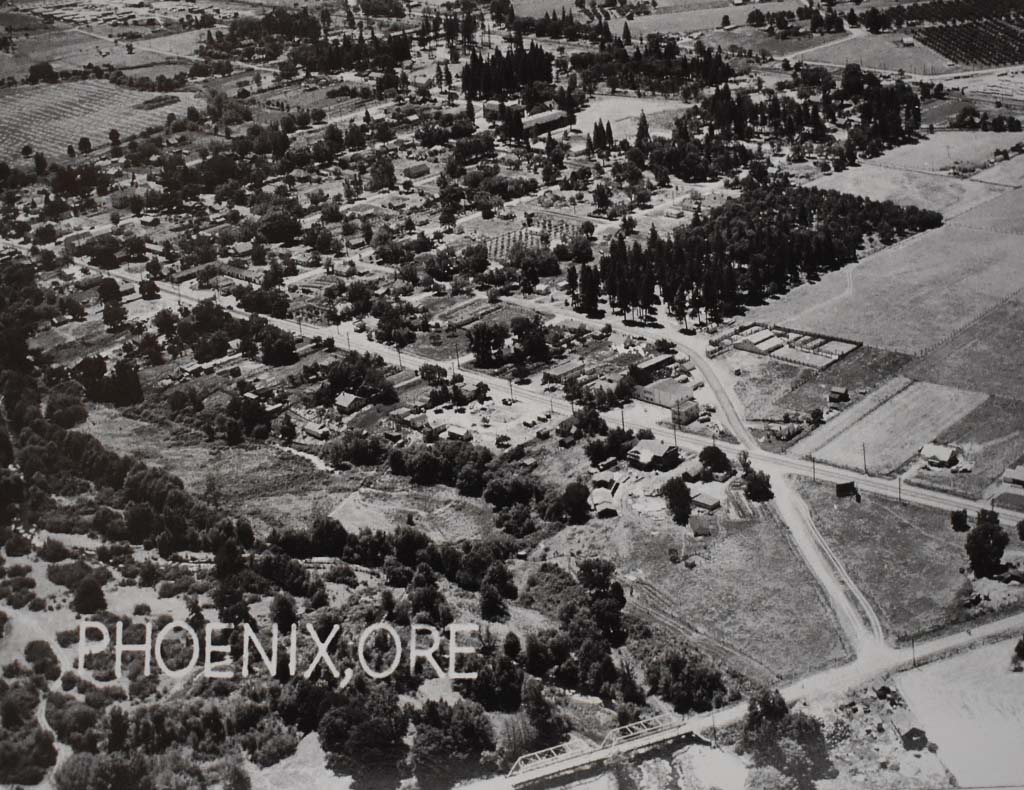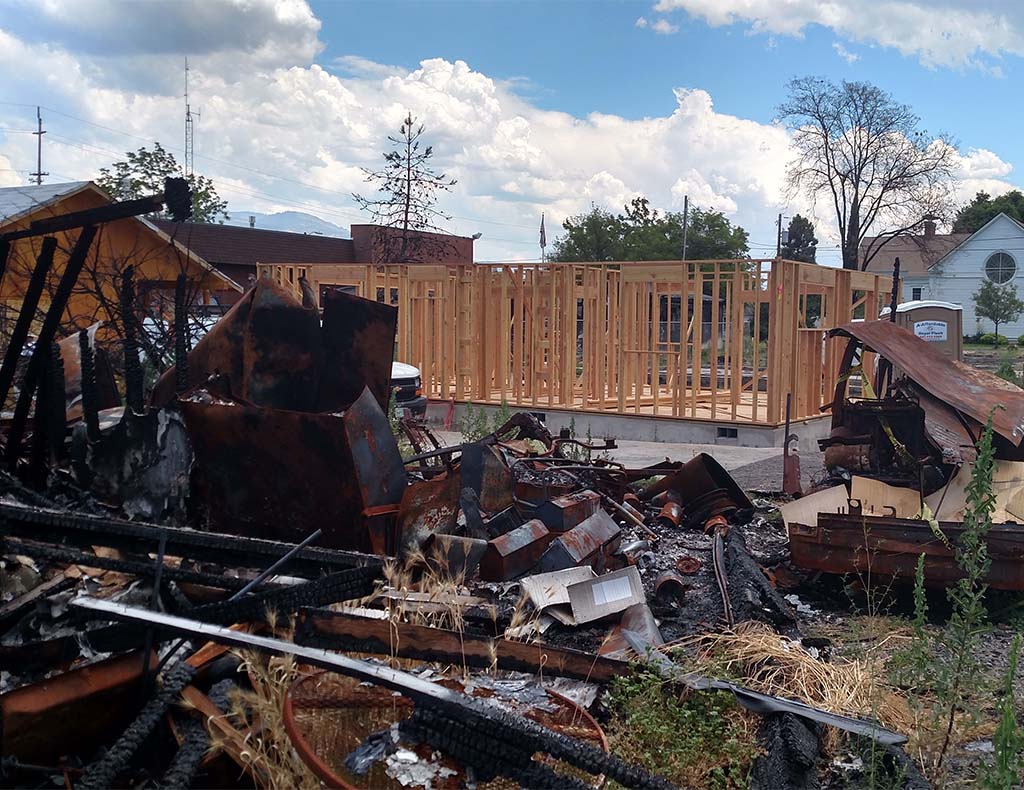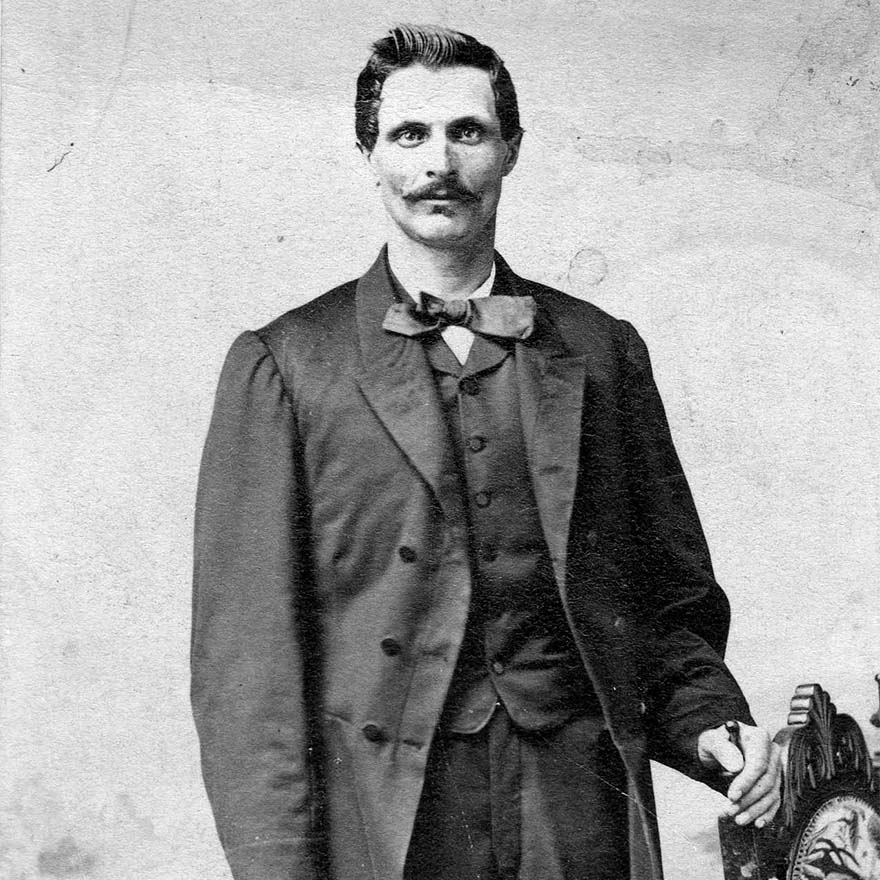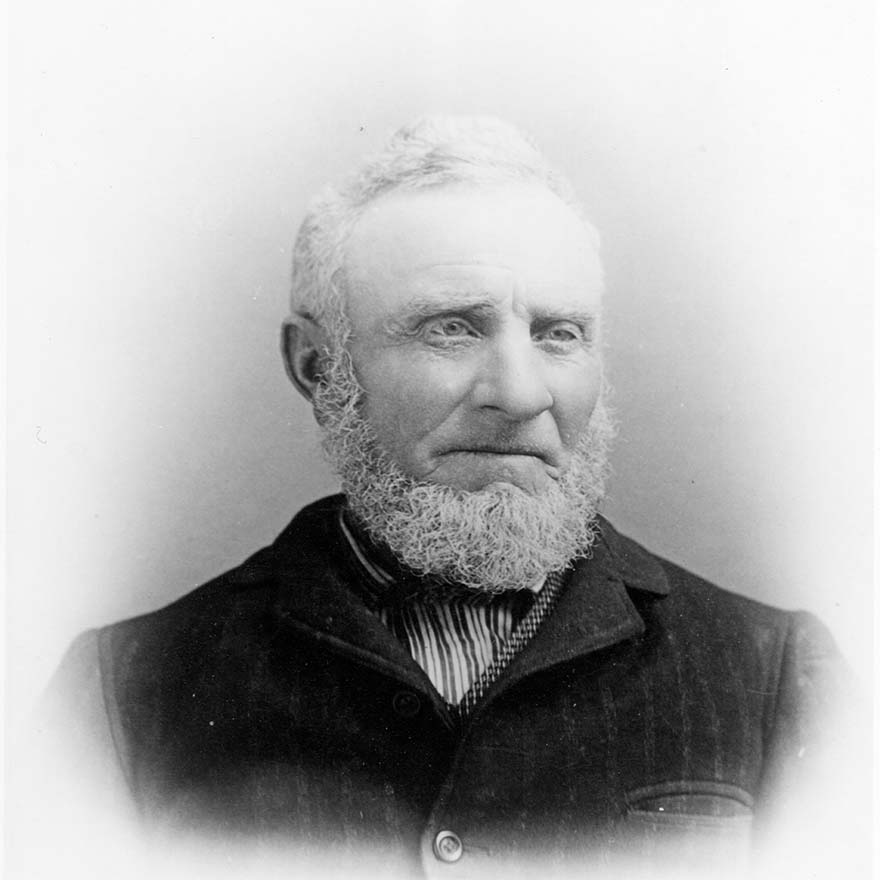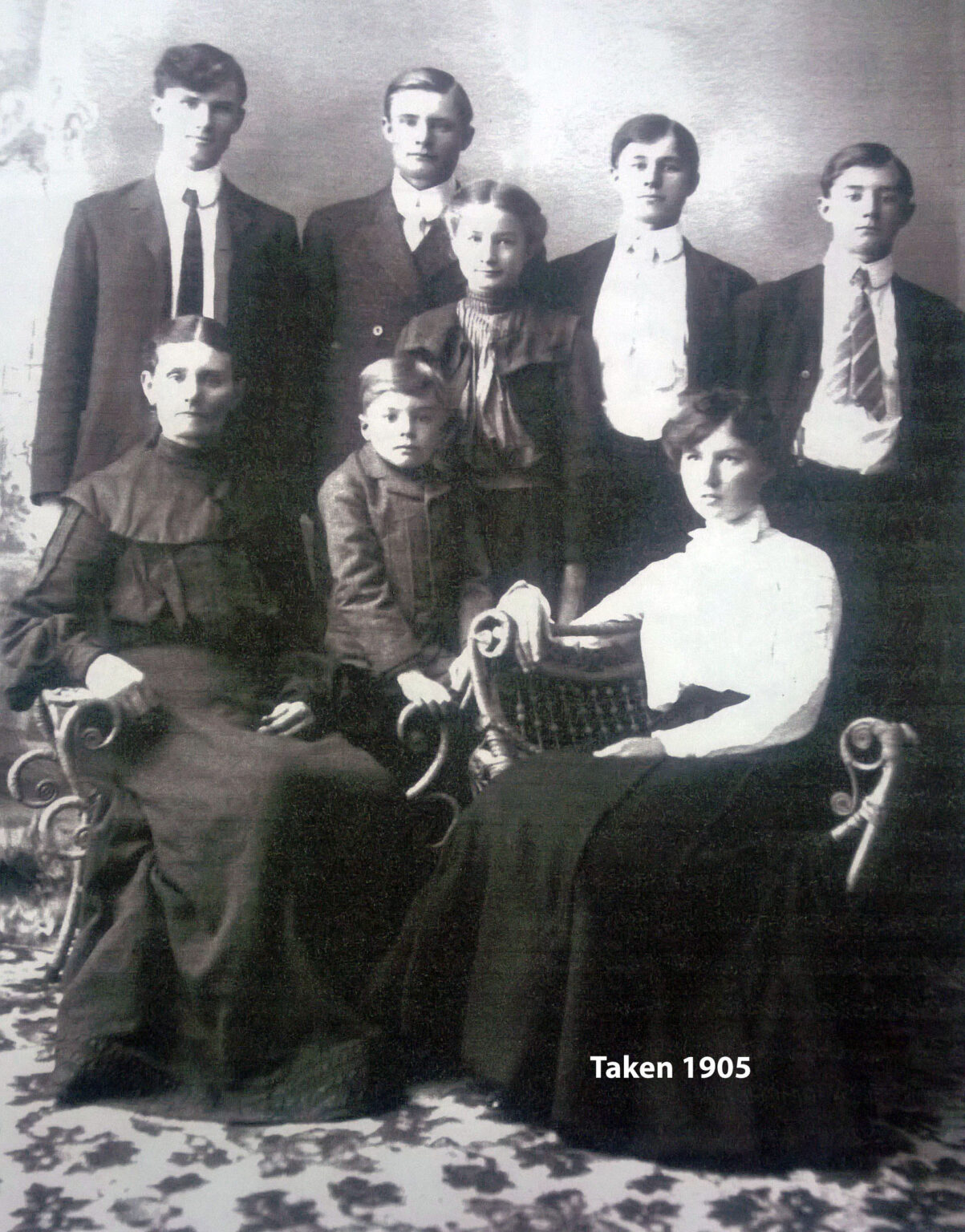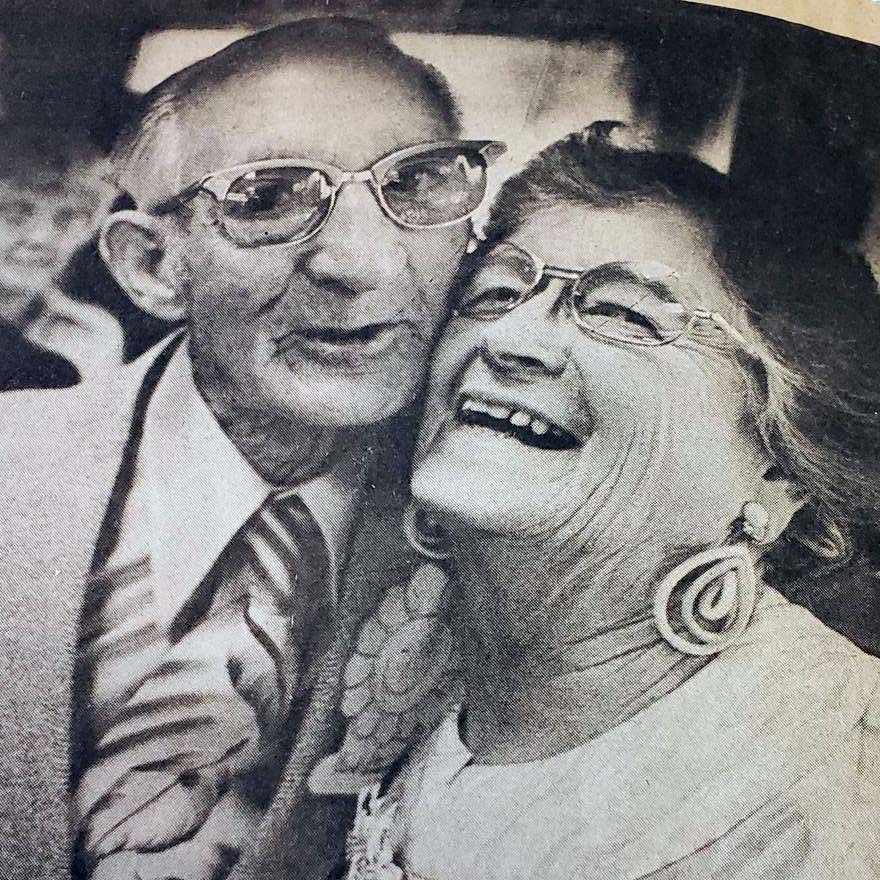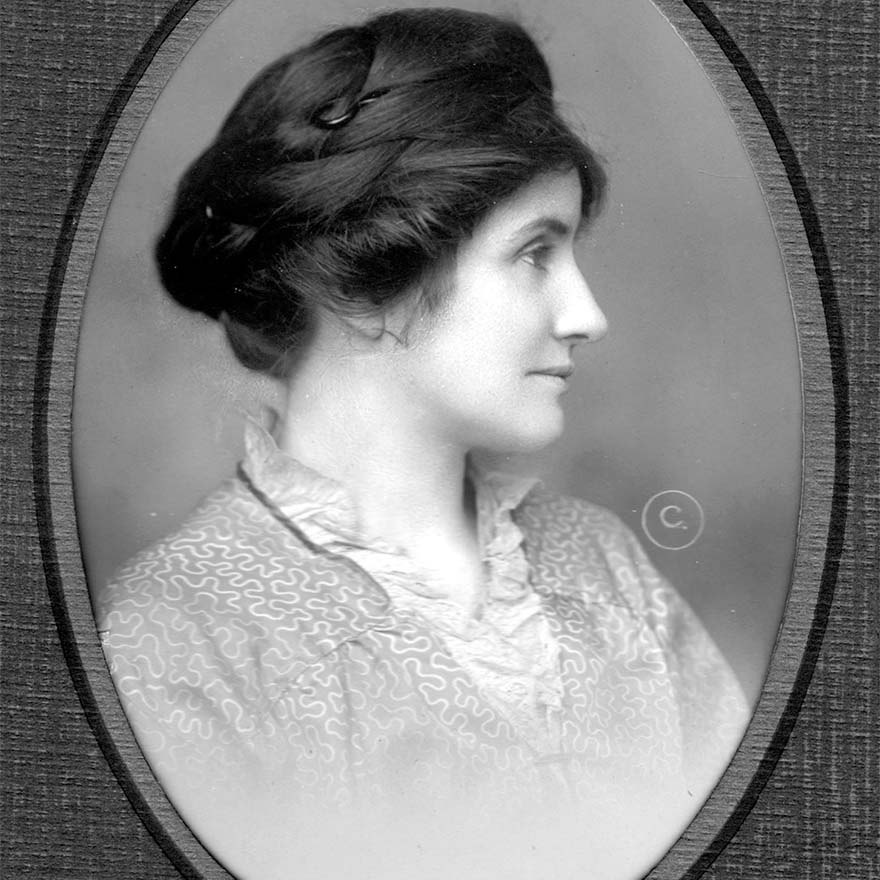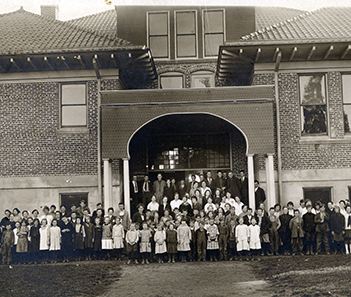Old Phoenix
The Phoenix area was settled in about 1851 by brothers Hiram and Samuel Colver. Samuel Colver laid out the town in 1854. Early residents included Milton Lindley, who operated a sawmill that provided timbers in 1854 for a blockhouse as well as a flouring mill owned by Sylvester M. Wait. For a time, the settlement was known locally as Gasburg after a talkative employee in the kitchen serving the mill hands. Wait, who was an agent for the Phoenix Insurance Company of Hartford, Connecticut, assigned the official name Phoenix, to the community and in 1857, to its post office.
